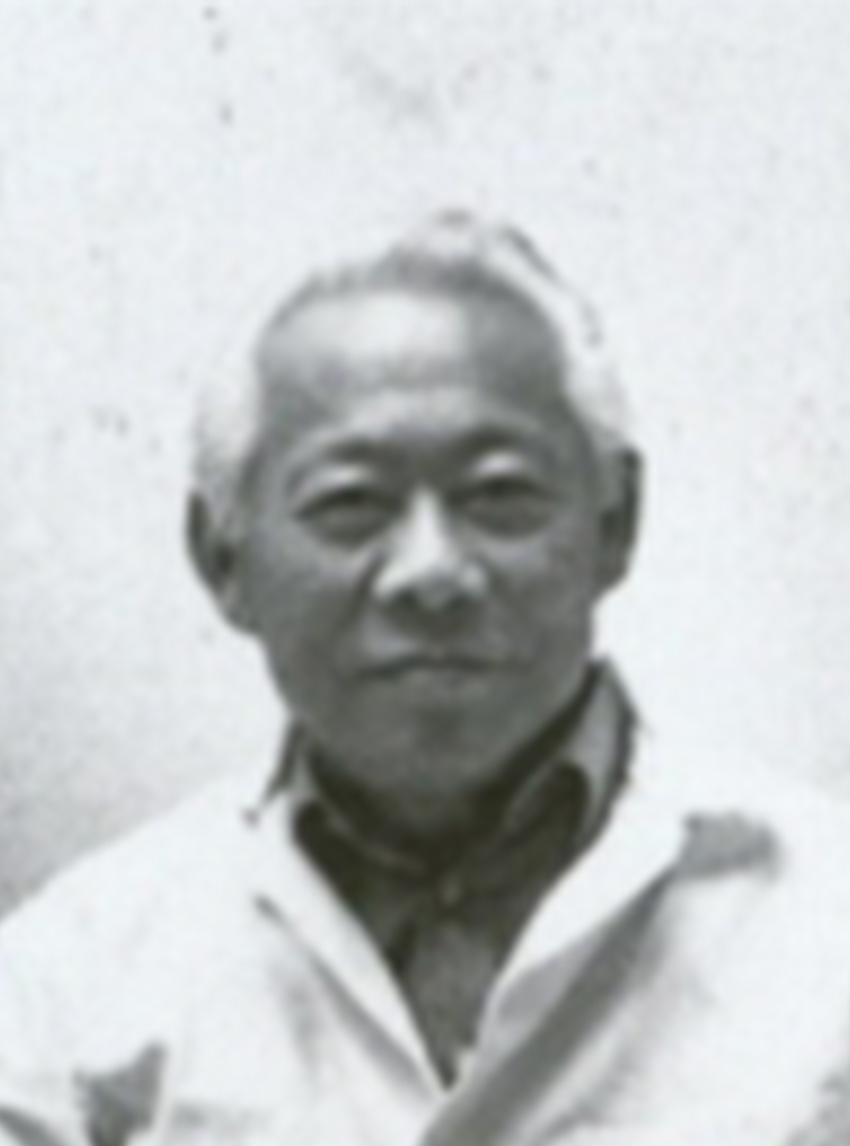
Zao Wou-Ki 1920 - 2013
Beijing.China
Click here to download full CV
Biography
The international master of Abstractionism, Zao Wou-Ki, was born in Beijing in 1921 into a wealthy family who were royal descendents of the Song Dynasty. With the influence of his grandfather, Zao took a keen interest in literature and history from an early age and cultivated his passion for Chinese calligraphy. At the age of fourteen he entered the Hangzhou Academy of Art under the tutelage of Lin Fengmian and Wu Da-Yu, where he stayed and continued teaching after graduation. During his days as a student and later, as a professor at the National Hangchow College of the Arts, he had already been exposed to the works of great modern artists such as Picasso, Matisse, Mondigliani, and Cezanne and within their works, he found elements compatible with his own inimitable style.
Zao Wou-Ki went to France in 1948. He saw Paul Klee's works in a museum for the first time and Klee's symbolic language gave him some form of inspiration, allowing him to get more in touch with the image his inner heart was searching for. This symbolic language opened a window which led to Zao's understanding of his own culture. Klee-style, therefore, appeared. The oracle bone scriptures, pictures and writings on bronze wares of traditional cultures, these mysterious symbols barely distinguishable by westerners, were used by Zao as his “passageways” into Abstractionism. The cultural gene that had been instilled within his blood since the very beginning compelled Zao to return to the origin of Chinese calligraphy, and thus created the iconographic painting of his individualistic distorted words.
From the 50s to the 70s, after being inspired by Paul Klee, Zao Wou-Ki significantly explored his way of painting and gradually established his lyrical and abstract painting style. The multiple vibrations of the pictorial colors energized the canvas and in between the expressive brush strokes, viewers could feel the artist's total embracement and accelerating momentum and tension. This gave viewers an interwoven imagination of the tangible and the intangible, the powerful and the ethereal.
After the 1970s, Zao Wou-Ki underwent his next transformation; his art started breaking through the original structure and pictorial form. He made the shift from “assembly” to “disassembly” emerging a form of structure “devoid of center” or having a shift in center; the contexture of the picture became richer and more dynamic. He freely adjusted the visual temporal space, with assembly and disassembly, tangibility and intangibility, and thus really entered a free realm that was above and beyond. The end of the 80s saw Zao diluting his pigment, blending in more interesting aspects of the ink medium; his works reflected more of this medium’s spirit. Art critics in Paris say that Zao Wou-Ki’s art displayed a form of “meditative spirit” unique to the Chinese people. The success of Zao Wou-Ki is in his expression of the Chinese “Tao” and this form of “meditative spirit” by borrowing the abstract method of the West.
——Extracted from:Jia Fang Zhou, Meditative Art: A Discourse on Zao Wou-Ki.
Exhibitions
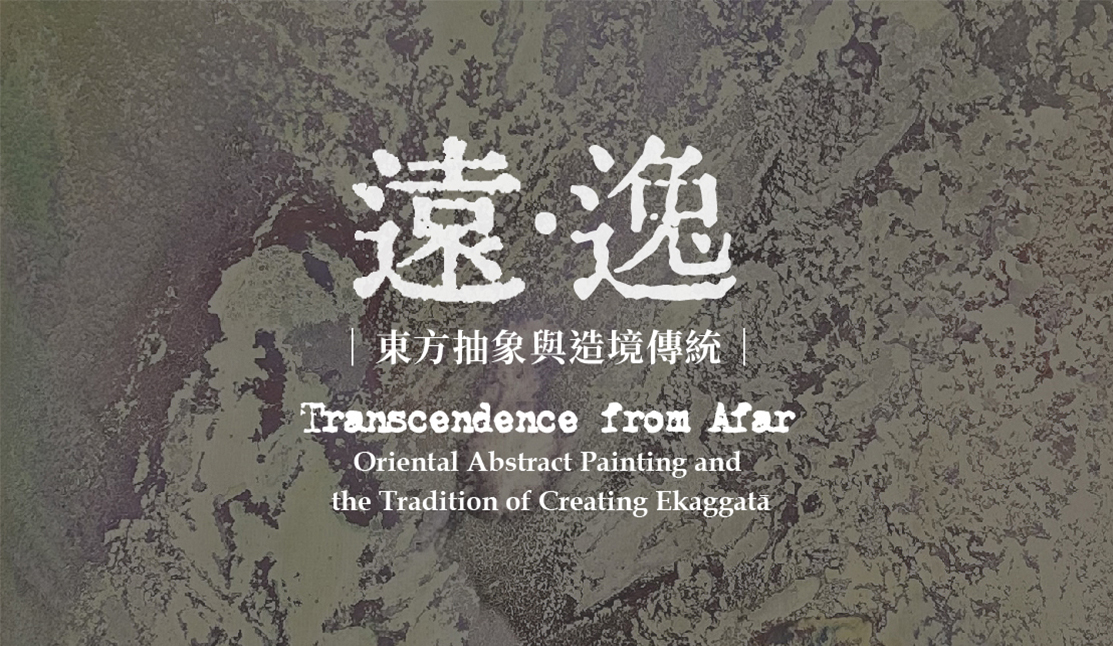
Transcendence from Afar -
Oriental Abstract Painting and the Tradition of Creating Ekaggatā 2019 │ 03.11 - 04.22
Lin & Lin Gallery
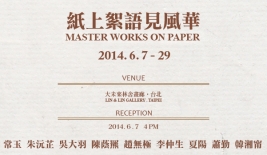
Master Works on Paper 2014 │ 06.07 - 06.29
Lin & Lin Gallery
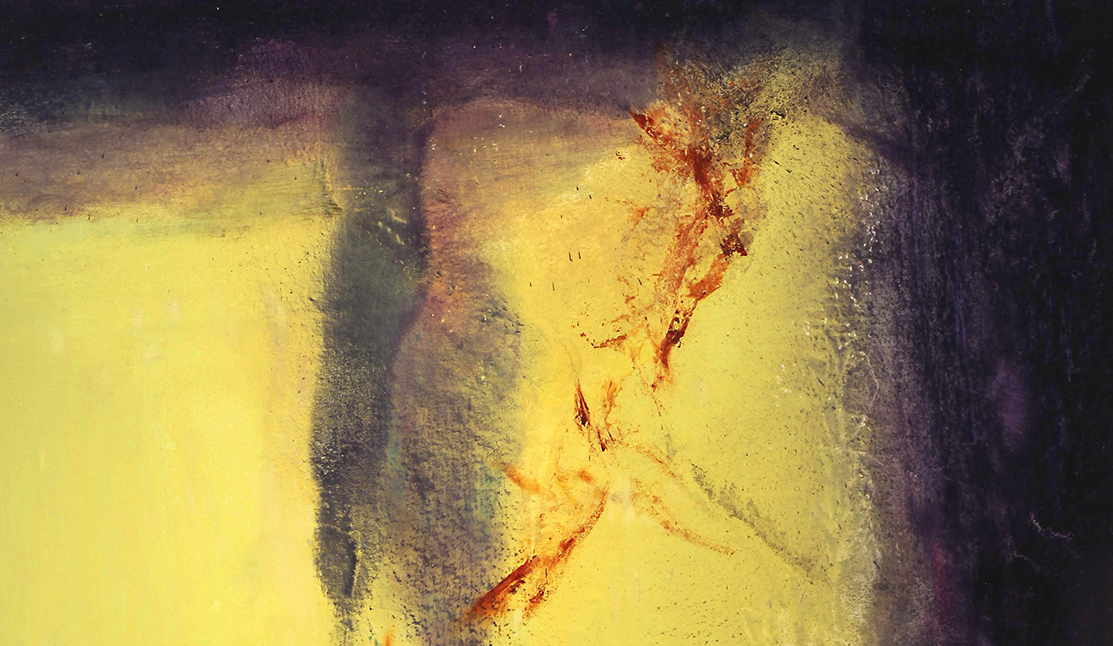
Derivations: Unlimited Crossing2013 │ 08.10 - 08.25
Lin & Lin Gallery
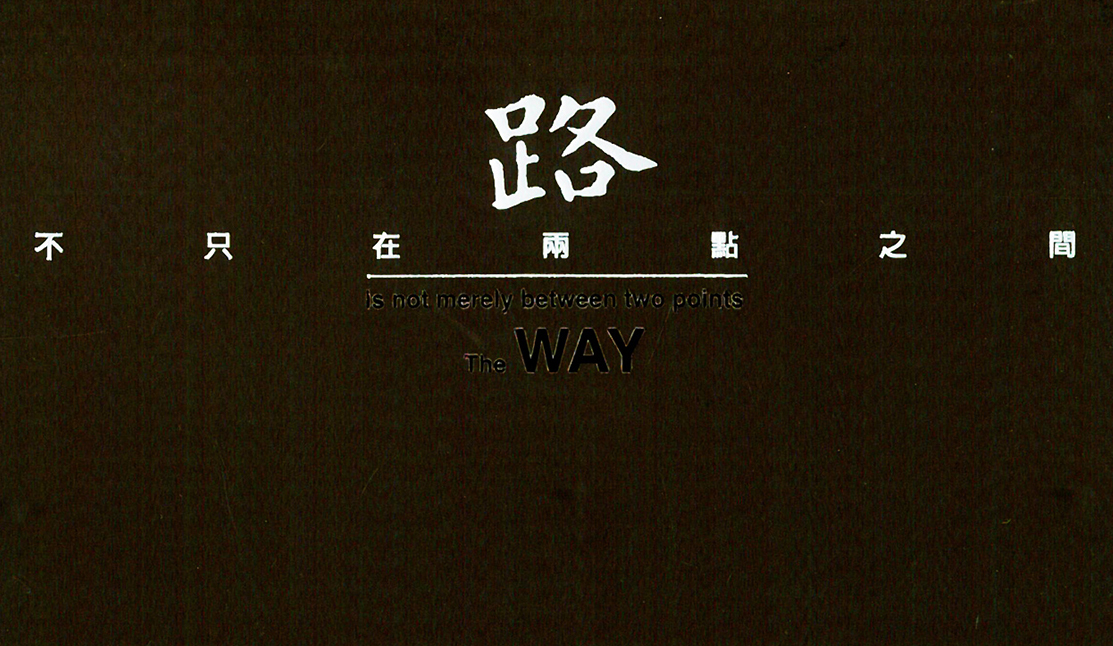
The Way Is Not Merely Between Two Points2010 │ 12.18 - 01.30
Lin & Lin Gallery
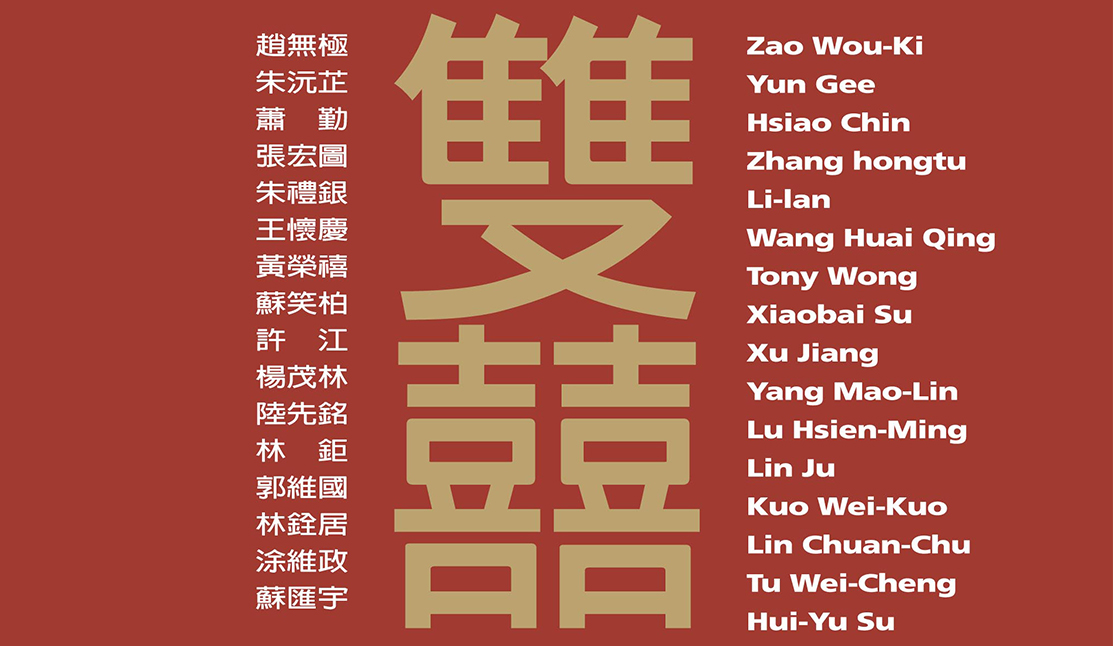
Double Happiness 2009 │ 01.11 - 02.11
Lin & Lin Gallery
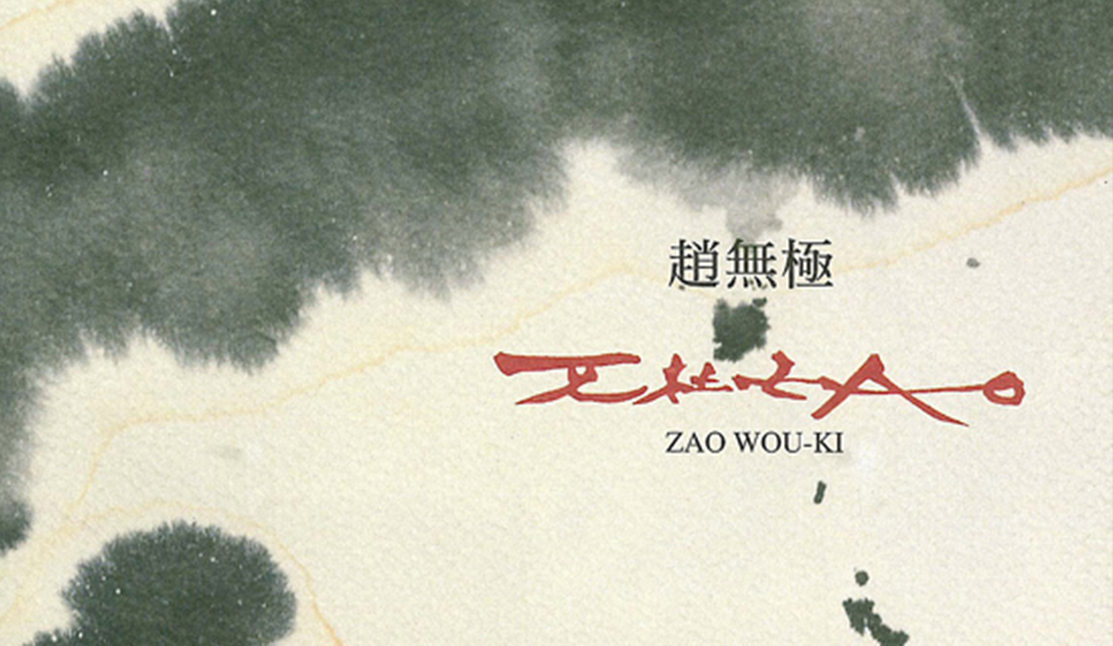
Zao Wou-Ki's First Chinese Ink Painting Exhibition in Taiwan 2000 │ 11.01 - 11.26
Lin & Lin Gallery
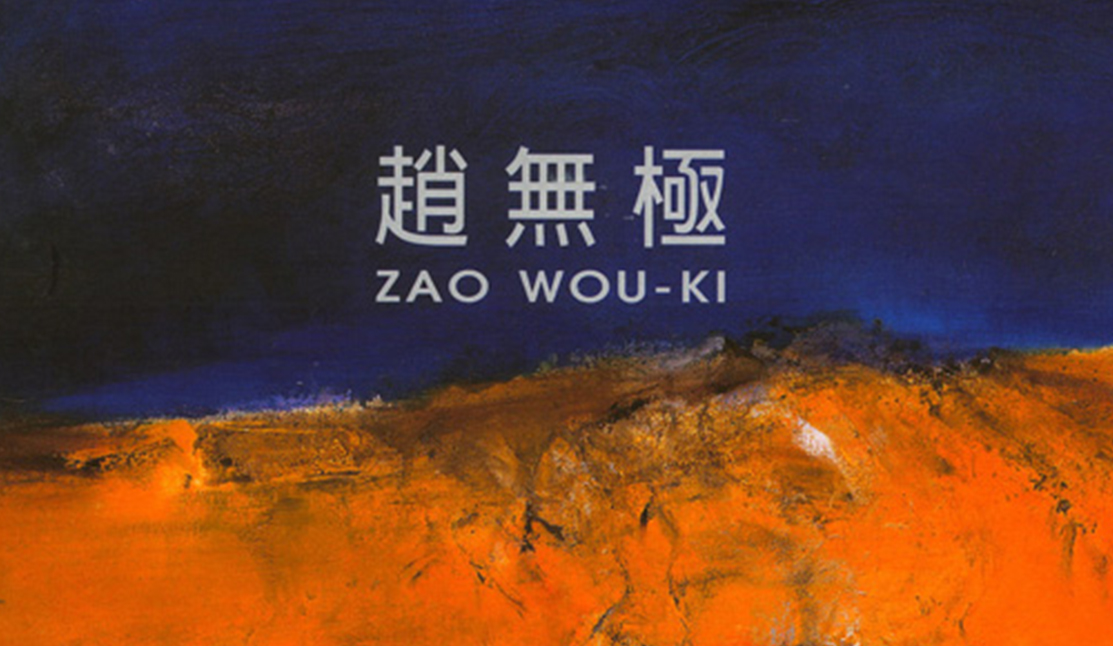
Zao Wou-Ki|1948 - 1999 Retrospective Exhibition1999 │ 11.13 - 11.30
Lin & Lin Gallery
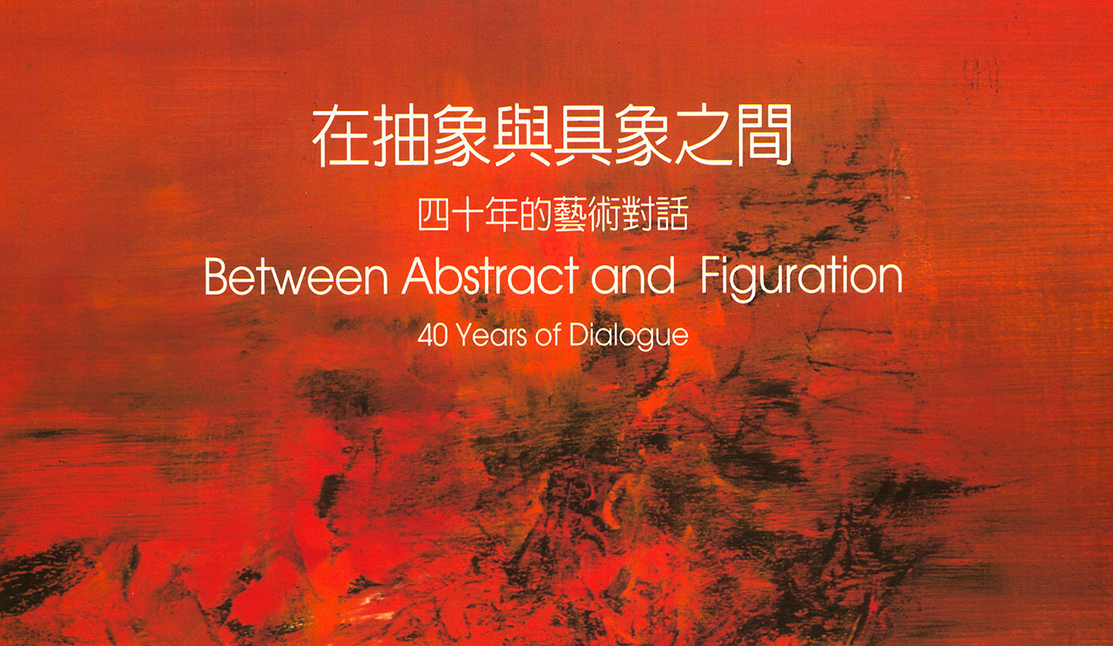
Between Abstract and Figuration—
40 Years of Dialogue 1998 │ 10.24 - 11.11
Lin & Lin Gallery
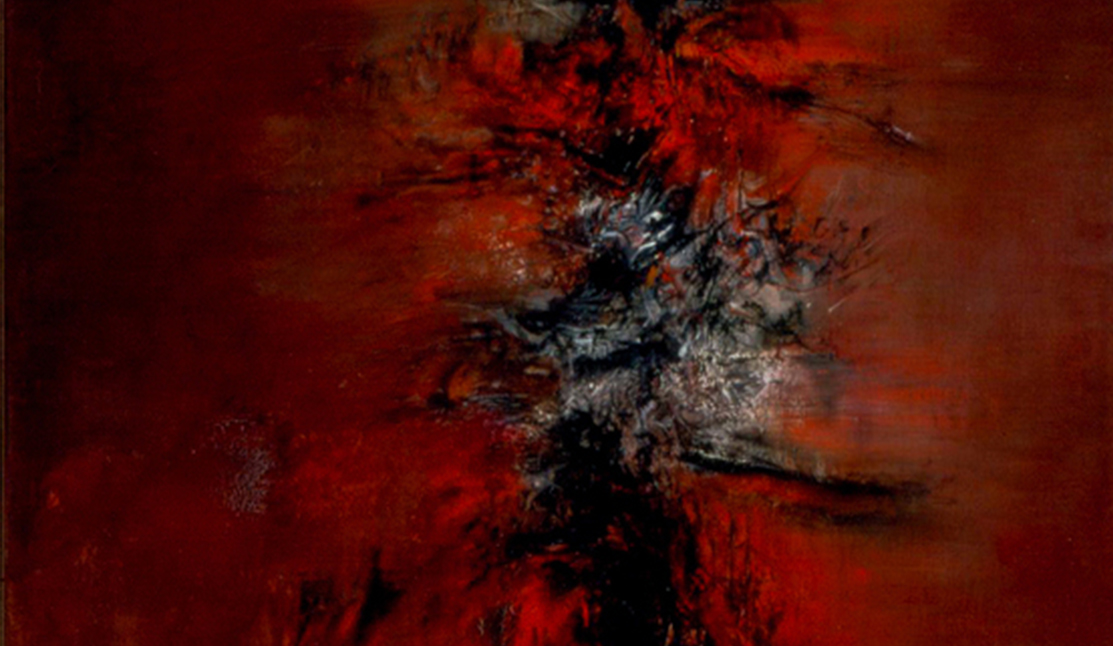
The Exhibition of Zao Wou-Ki's Art Works 1997 │ 03
Lin & Lin Gallery
Publications

Derivations 2014
NT$ 1,200
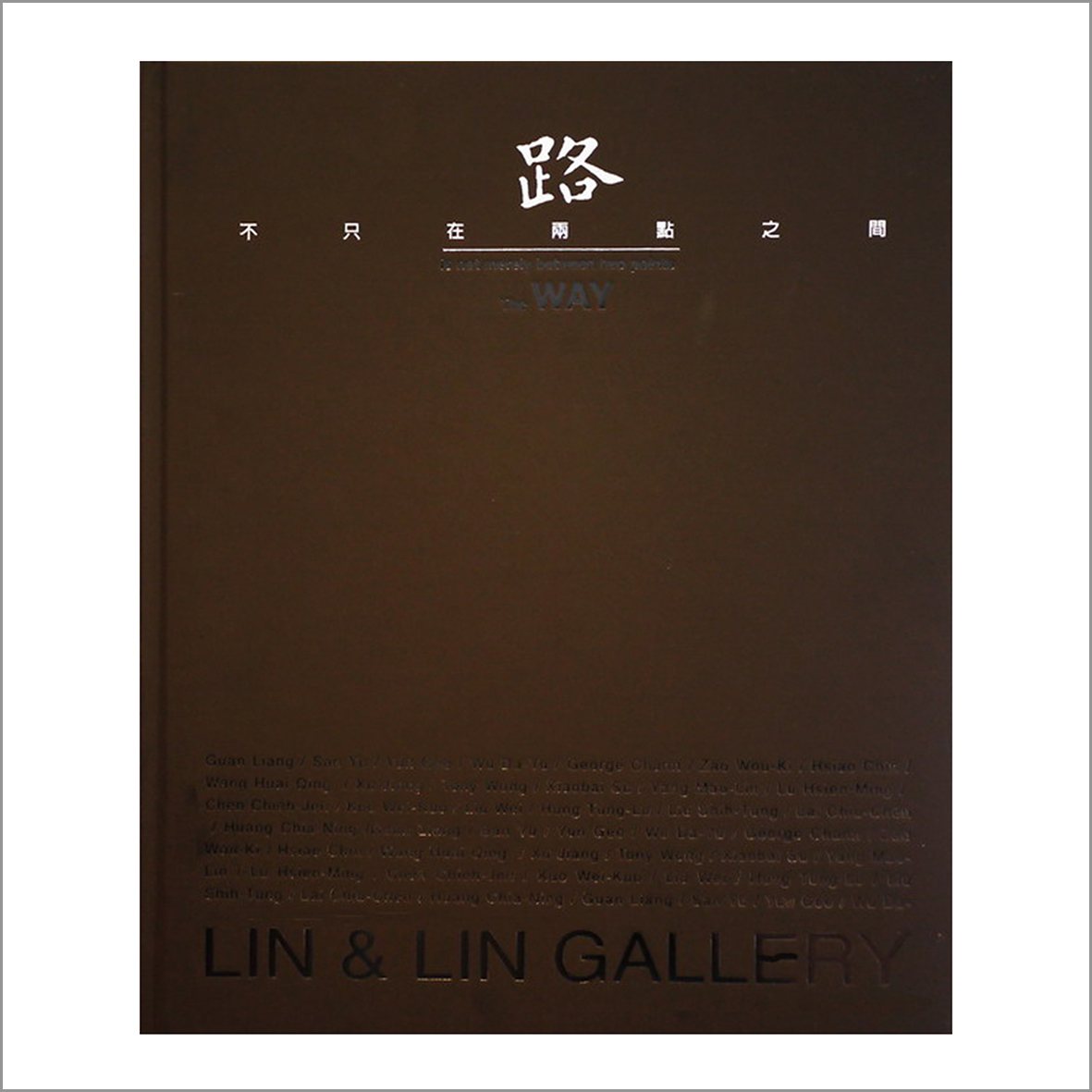
The Way Is Not Merely Between Two Points2010
NT$ 1,200
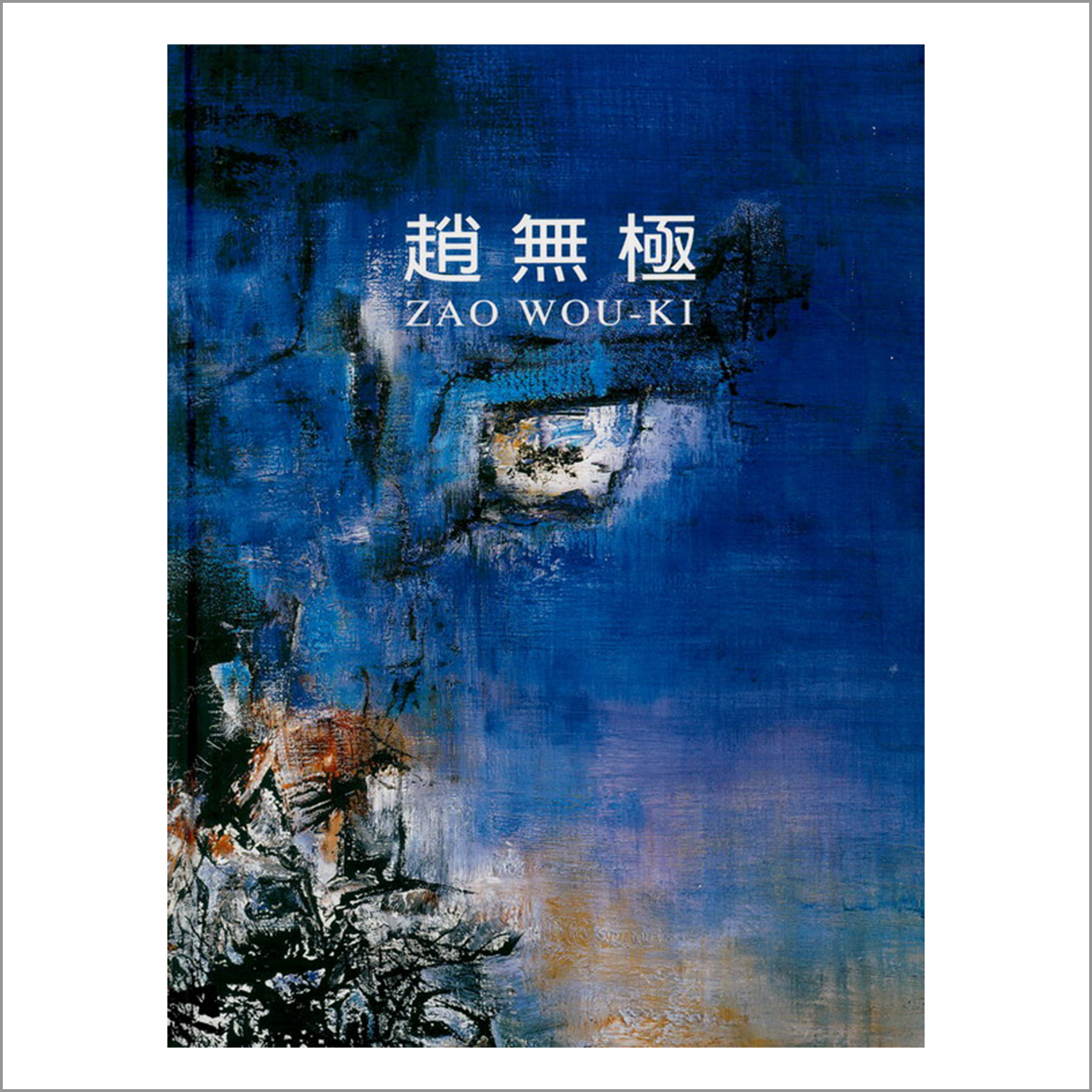
Zao Wou-ki2005
Non sale

Zao Wou-ki2005
Non sale
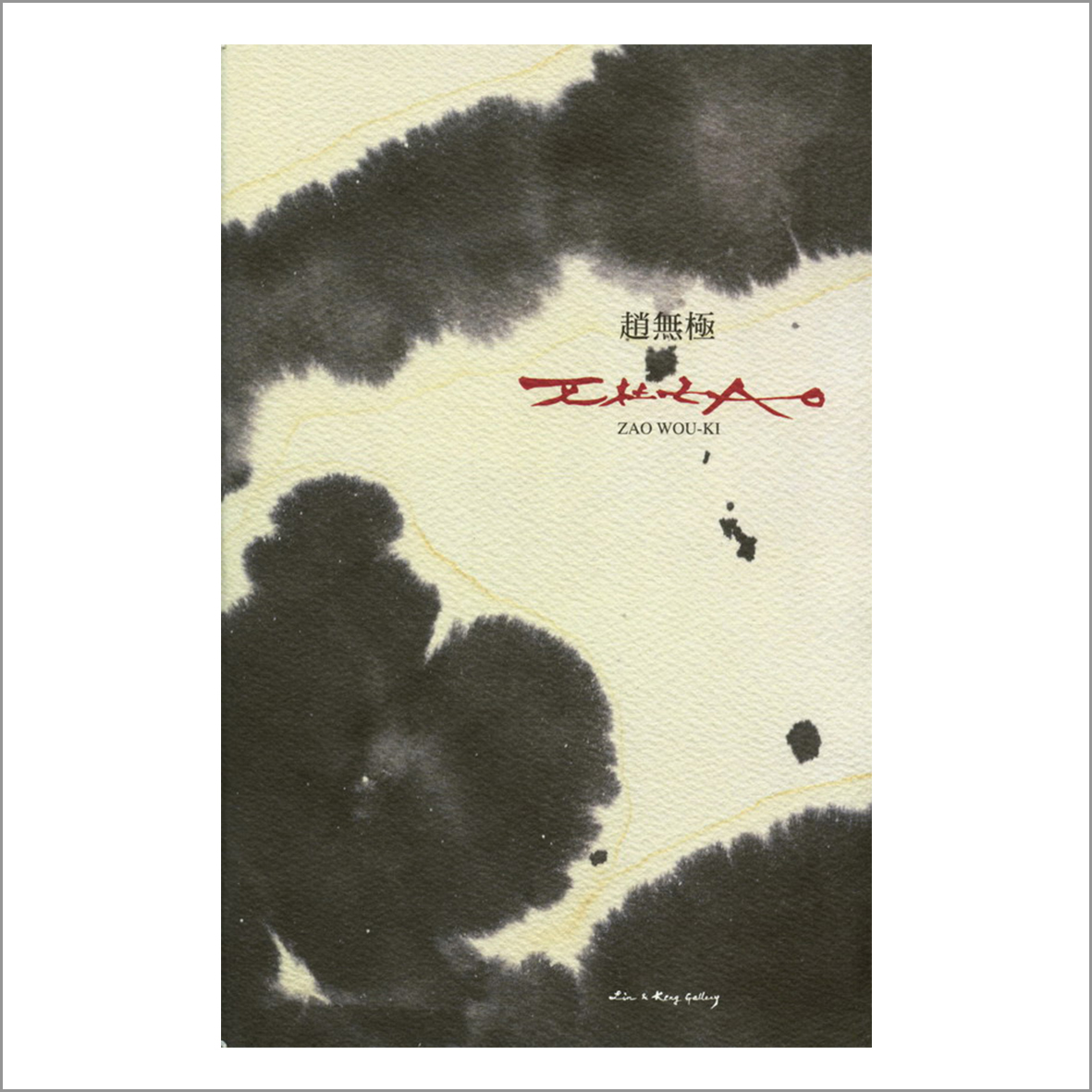
Zao Wou-ki:Ink Painting2000
Non sale

ZAO WOU-KI1999
Non sale

Between Abstract and Figuration: 40 Years of Dialogue1998
Non sale

The Teachers and Students’ Exhibition of China Academy of Art1997
Non sale

Zao Wou-Ki 1997 Solo Exhibition1997
Non sale
















